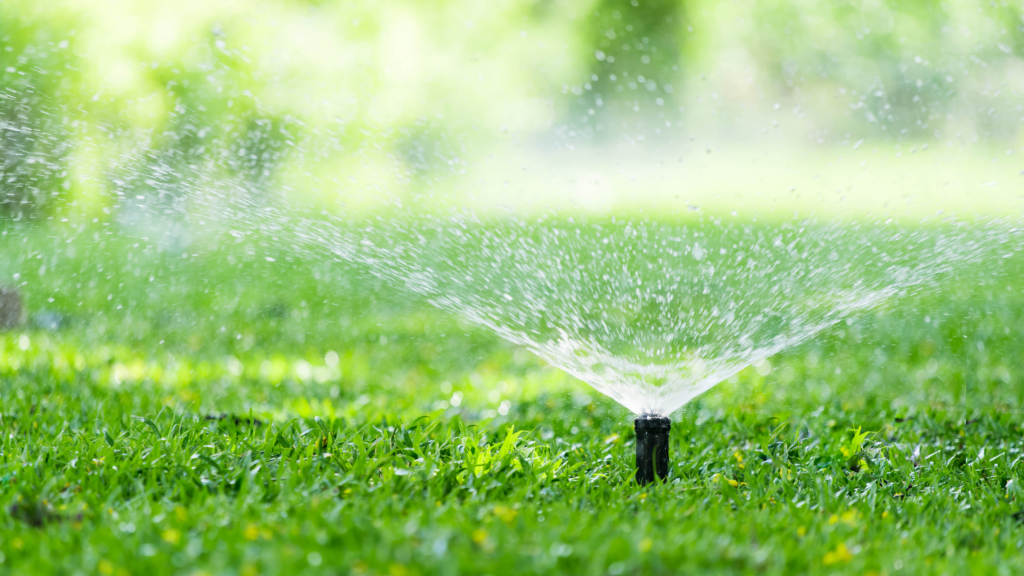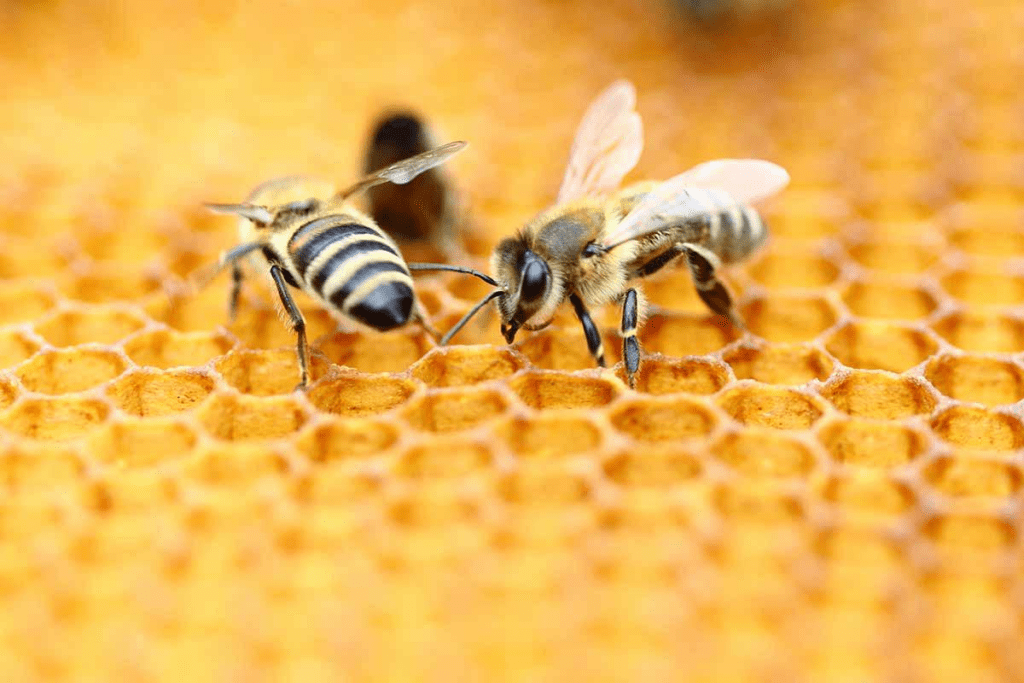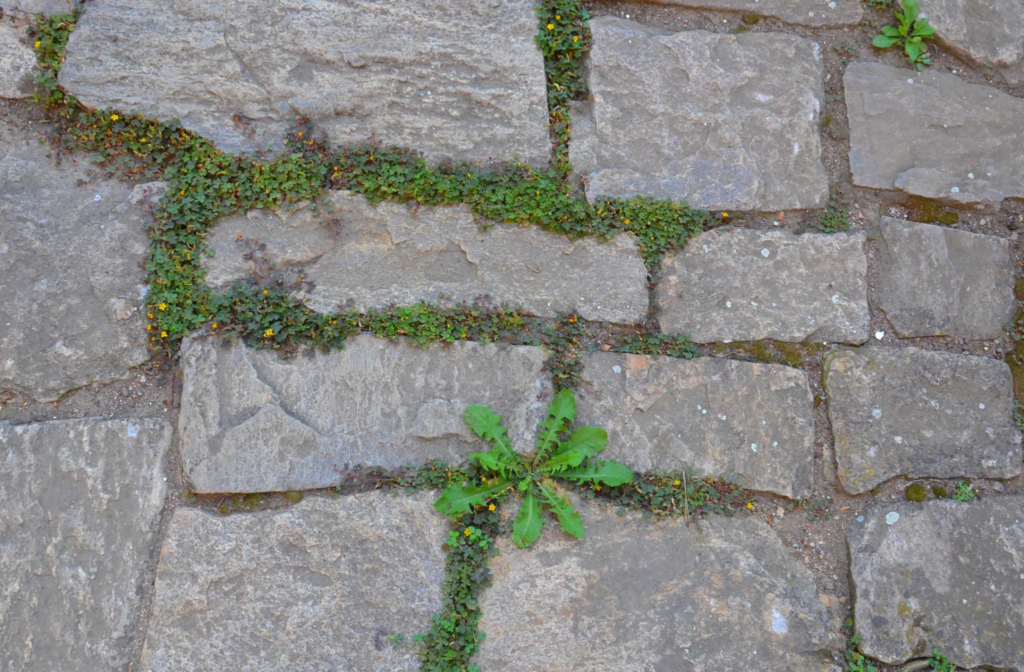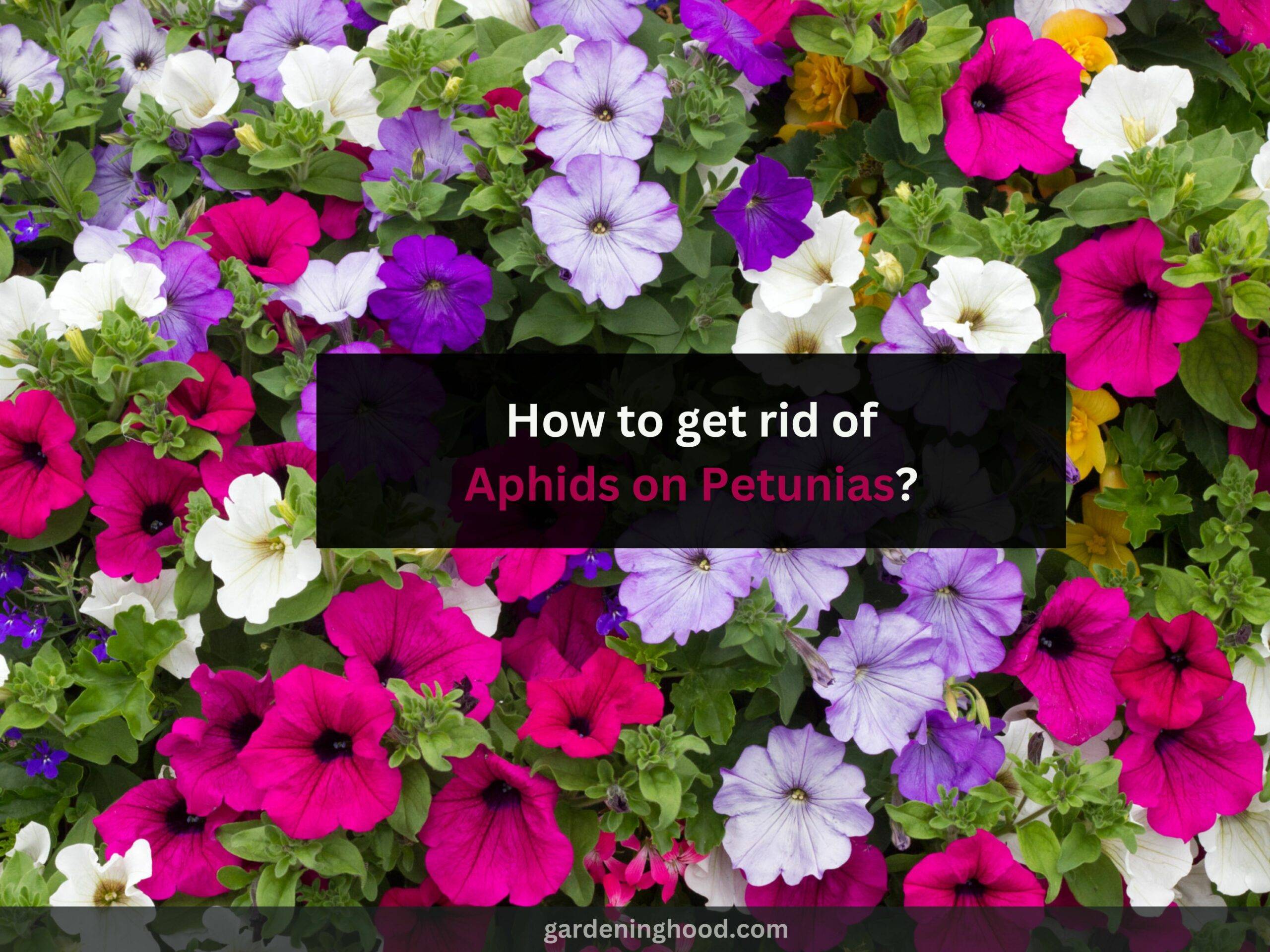How to Grow and Care Clover Lawns- Know Everything
Having questions like “Is it resilient to dogs or children running on it?” or “Does it look nice for walking on it?” is common. I had the same questions, so I decided to learn more closely and started to grow clover lawns. I was amazed to see the result.
I know it is interesting, but don’t just start growing them without having knowledge about them. First, you need to know what things you need before growing a clover lawn, then the way to plant a clover lawn, and all other information. Don’t worry, I have mentioned all of this here so that you get all the information from this page only. If you are not satisfied, you can ask me in the comment section.
Meaning Clover Lawns:
The clover lawn consists of clover which is combined with traditional turf grass. They are used to draw nitrogen from the atmosphere and absorb it with soil which benefits the soil, grass, and plants. The clover does have different species that grow best in the UDSA hardiness zone from 3 to 10. The clover lawns are used to attract pollinators such as bees and butterflies. The clover lawns are drought tolerant and have the facilities for nitrogen-fixing.

Things to know before growing a Clover Lawns:
Mowing:
If you are growing clover on your lawn you need to mow grass from couple of times a year because they are used to grow from 2 to 8 inches tall. Some people used to mow it during midsummer after the clover is used to bloom and it has dropped its seeds after every 4 to 6 weeks.
Watering Is Minimal:
During the growing stage, you don’t need to water the clover lawns as the roots of the clover are used to draw the moisture deep from the soil.

No Fertilization:
Clover is considered a nitrogen-fixing plant that is used to take nitrogen from the atmosphere and absorb it in the soil that plants can use so there is no fertilization required for them.

Herbicides and Pesticides:
The clover comes under fast Grover and vigorous grass which does not need any herbicide. Using the clover as turfgrass does not make them prone to be attacked by unwanted pests such as lawn grubs.

Clover Grows in Most Soils:
The clover lawn is able to grow in any type of soil but the turfgrass is not able to grow. It consists of a long taproot that is used to draw the neutrons and moisture deeply from the soil.

Grass is more Durable:
The grass is not able to hold heavy traffic but if you grow the clover lawn with turfgrass they will make together a strong walkable lawn which will be effective for heavy traffic.

Clover helps pollinators:
Planting of the clover lawn is to attract these and other pollinators making it play an important role in the food web. Using the clover lawn is an important way of contributing to preserving biodiversity.

Growing and Maintenance:
When we talk about the cost spent on global lawns, it is more economical than the cost used to grow and maintain turf grass which includes grass seed watering gas for mowing fertilizer aeration and other chemicals.
The seed used by the clover loan is less costly than the seed of turf grass. For example, the cost of clover lawn seed is around $4 a pound, and the very popular Kentucky bluegrass cot for $6 a pound. also, the cost of microclover seeds is more costly per pound than other types of seeds as they are trendy and most demanding grass which gives a uniform and unobtrusive aesthetic look to the lawn.
Clover is pet-friendly:
If you have a pet like a dog or cat in your home and they are used to urinating on the turfgrass which will leave this colored or brown spot on the lawn but having a clover lawn in your house will be safe for the pets. The global lawn is also considered a favorite of rabbits, squirrels, and deer for grazing foods.

Stinging insects are more common
The clover is used to attract the bees and the insects which use string to defend.
In case of having children in your house who are used to playing on the lawn or you are used to walking on it barefoot then make sure to mow the clover lawn before or after the flowers are used to bloom out. The clover lawn is considered a good source of pollinators.

Re-Seeding clover lawn:
In the case of growing a fully global lawn in your house, you need to reseed the clover every year. The clover comes in short-lived perennial plants that need to refresh again. In case of mixing the clover with other grasses, it will likely reseed itself and there is no need to reseed them.
Clover may spread too far:
The clover lawn is visible to grow in unwanted areas such as sidewalks, garden beds, or driveway cracks.

Clover controls erosion:
Clover lawns are able to grow in compacted soil and the deep root of the clover helps in controlling soil erosion and is used to naturally aerate and lose the compacted soil which will make less running of water through it.
Clothing stains are common:
If in your home there are kids who are used to rolling around in the clover yard in which having bright green stains on their clothing will be normal. This is quite a tough process of removing the stain from the clothes of kids.

Remove the grass completely:
If you do not remove the truck grass properly it will continue to grow back again. There is also the possibility of infiltration of the seeds from the neighboring yards to your clover yards. you can also grow a mixture of turfgrass and the grass lawn of clover.

Types of Clover for Lawns:
There are different types of clover lawns and below I have discussed all about them:
White clover (Trifolium repens):
- The white clover is also called Dutch clover which is round in shape, white in color, and has fragrant flowers.
- They come in the perennial category which is used to reseed itself and there is no need to overseed the entire lawn, you just need to seed the bare spot.

Microclover:
- The micro clover is the dwarf variety of Dutch white Clover. They are considered lower-growing clovers having small leaves and few flowers.
- They are not used to growing in clumps.
- It is a slow grower clover and less aggressive when compared with white clover.
- You can plant it by combining turfgrass and microclover.
- They consist of some popular varieties such as pirouette and pipolina.
- There is a disadvantage of growing micro closer that they are poor tolerance to shade, high temperature, and drought.
- During winter these grasses turn dormant and die which increases the empty spots in the lawn unless you reseed the clover.
- The bare spot after the winter is gone needs to be reseeded in the spring season.

Red Clover:
- The red clover is basically famous for its attractive radish-purple blooms.
- It does have a graceful feature and natural medicinal properties.
- They are able to grow from 6 to 24 inches in height and are taller than the white clover.
- You can easily pair the red clover with white clover, sweet clover, perennial ryegrass, Bermuda grass, tall fescue, etc.

Ways to Plant a Clover Lawn:
To grow a clover lawn you need to follow the below-mentioned ways that will help you to plant a clover lawn in your house:
- You need to maintain constant moisture for germinating clover.
- The best time for planting them is early spring in March or April.
- To plant a clover lawn you need to mow the grass short in size by about 2 inches which will increase the possibility of seed reaching the soil.
- You need to remove thatch and scratch the soil surface to plant a clover lawn.
- When I talk about the seeding rate for planting white clover it ranges from 2 to 8 ounces per 1000 square feet.
- According to the seed suppliers you need to have 1 pound per 1,000 square feet.
- The seeds of clover lawn are tiny which in short is challenging to plant.
- Make sure not to put the seed in a group.
- You need to water the seed areas using a spray nozzle and need to maintain dampness at all times of planting them.
- You need to water them daily if the rain is not falling.
- The seed germination will take place in about one week and may be less during warm weather.
- The watering needed in the early evening will keep the seed moist overnight and will help speed up the process of germination.
- Avoid light watering the clover lawn during the day which makes the seed dry out.
- Maintain the watering schedule until the seed has rooted a couple of inches.
Pros and cons of clover lawn:
Pros:
The following are some pros of growing clover lawns in your garden:
- It does consist of many benefits if you are already growing the clover in your grass.
- Some grasses look less green during hot dry summer months but the clover turf will remain green in any condition.
- Having a clover lawn in your house benefits you more than others as they are disease and best-resistant.
- No need to use any chemical fertilizers, herbicides, and pesticides.
- It also can prevent soil erosion and help in improving the health of soil.
Cons:
The following are some cons of growing clover lawns in your garden:
- The clover lawn is not used to wear evenly but the turf grass is used to do it better way.
- There are many restrictions on growing clover lawns so you need to check before rules according to the homeowners.
- The clover is used to attract honeybees as it is insect-pollinated and if you are having any problem or allergy to bees make sure not to plant a clover lawn in your house.
How to Care for a Clover Lawn
For growing clover lawns in your house, it does require minimal maintenance after you successfully grow them but there are some basic points you need to take care of clover.
Sun:
- It is best to provide them a full to partial sun.
- They are not able to tolerate shade.
Water:
- The clover lawn needs to be voted on frequently until they are fully established.
- After this establishment, you need to water them only once or twice a week if the rain is not in that period.
Soil:
- They are used to adapt to a range of soil and are also successfully tolerating compact or poorly drained soil.
Mowing:
- Clover lawn is used to maintain when you provide them enough sun.
- You need to mow the clover lawn 3 to 4 times per year.
- In case you are growing lush green clover lawns you need to mow them frequently.
- If you are growing an English garden aesthetic you can grow them to their maximum height i.e. 8 inches.

Conclusion:
Here I can conclude about clover lawns by giving you all the information such as what you need to know about clover lawns before considering them, types of clover, ways to plant them, pros and cons of clover, and how you need to care for them.


